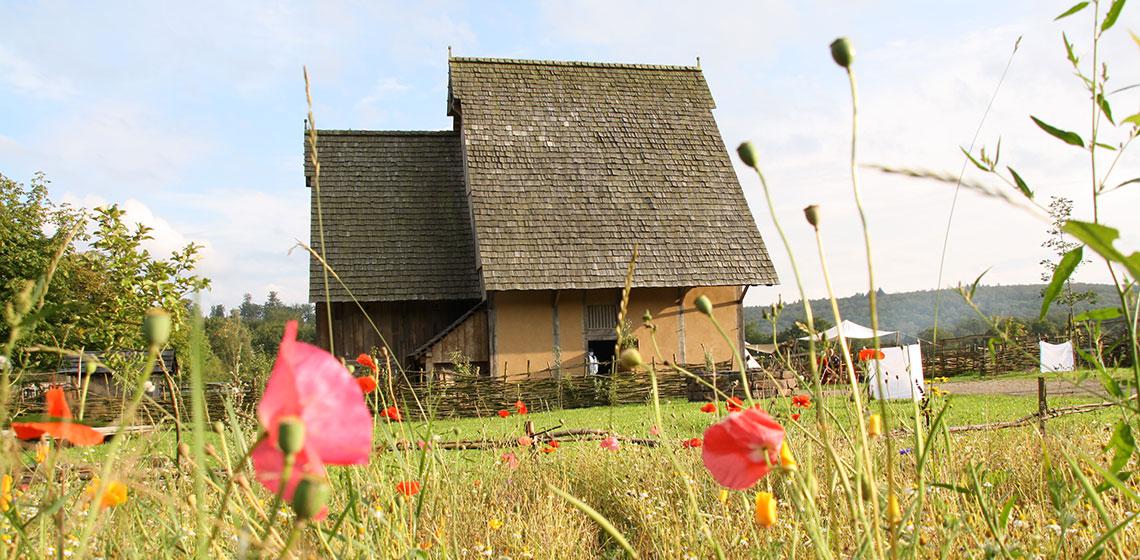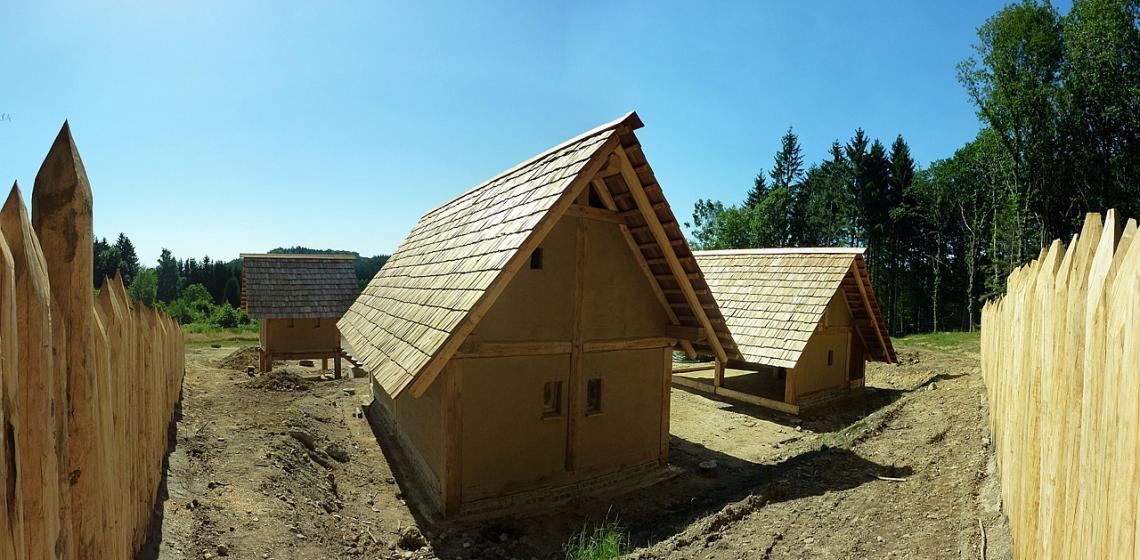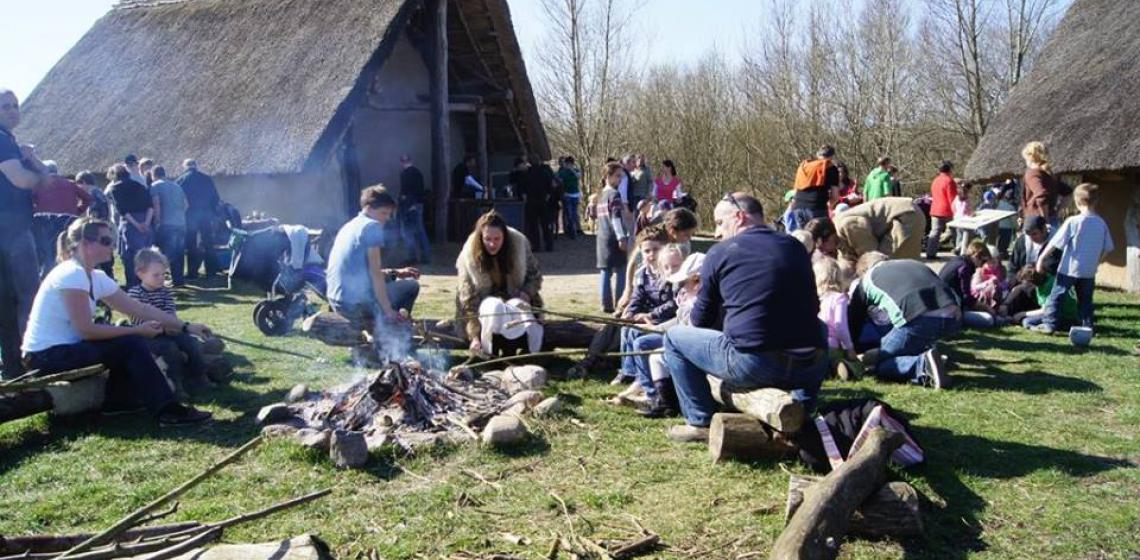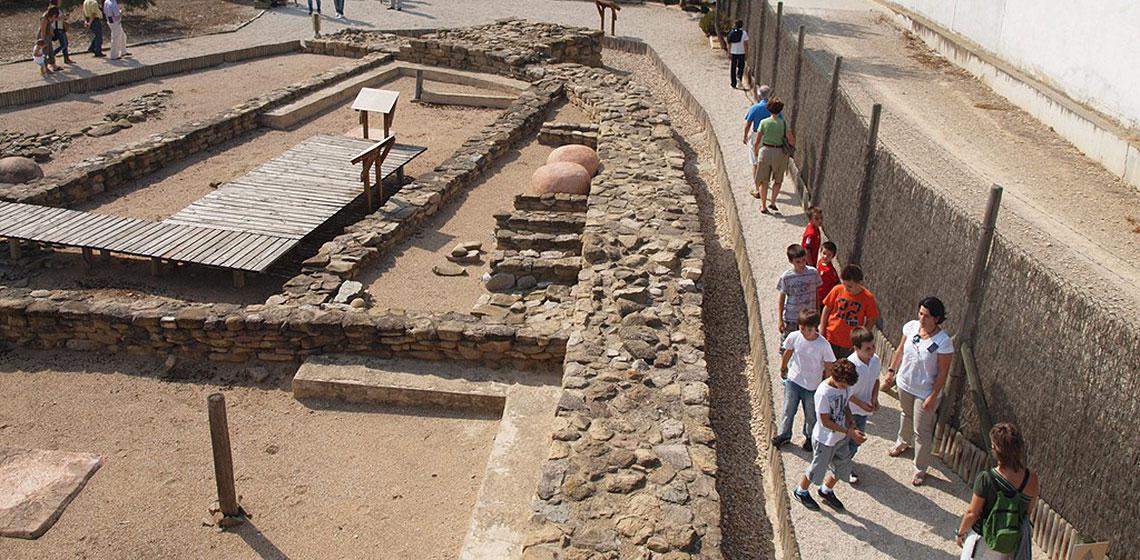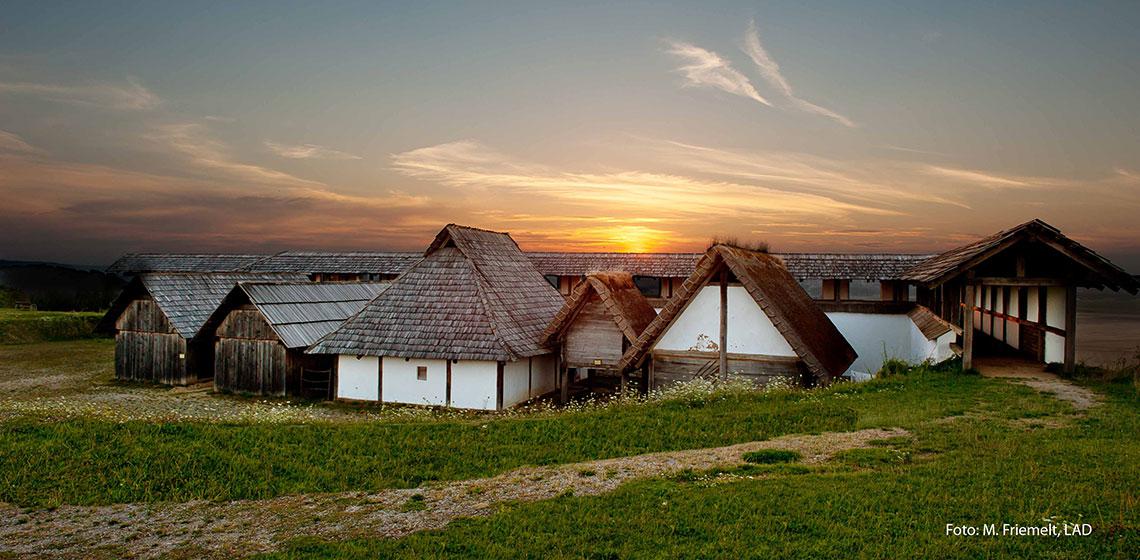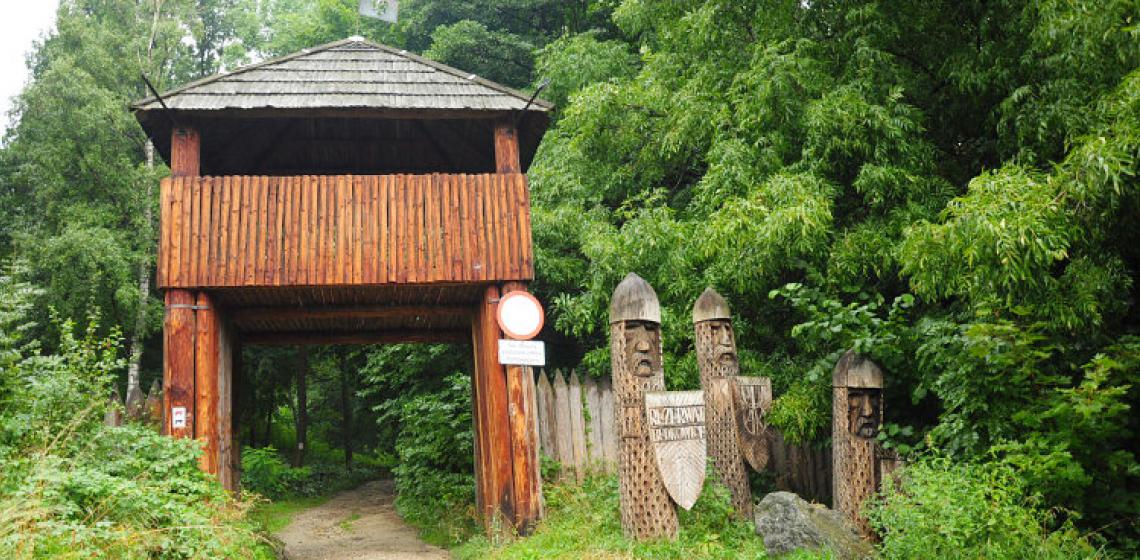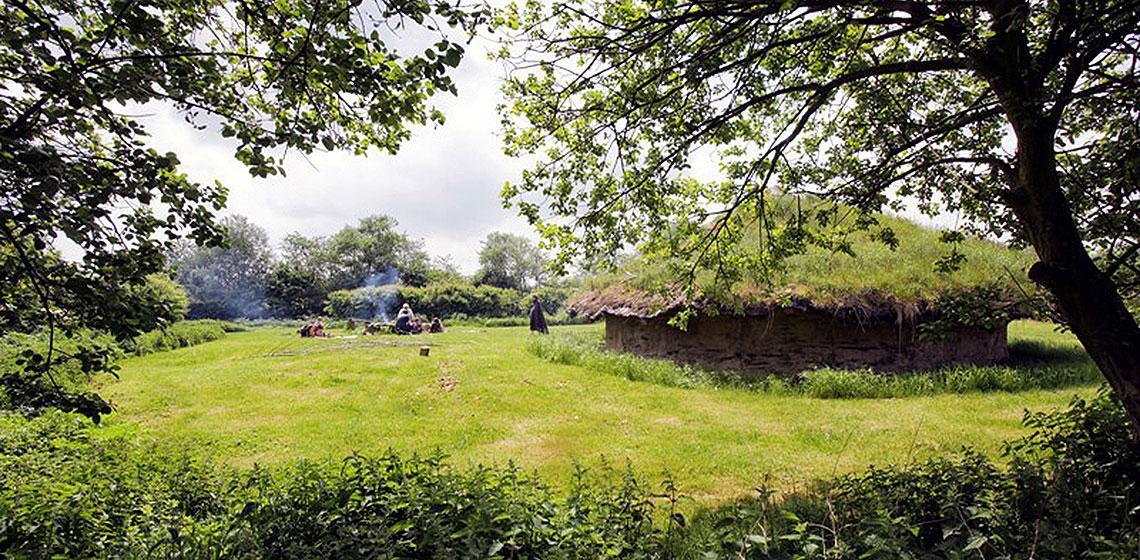Będkowice, created on the place of early medieval settlement, consisting of ancient defending settlement and barrow cemetery (8th – 9th century), about 50 hectares large.
Hillfort in Będkowice, located on top of the hill called Sokola Góra, is one of the best preserved hillforts in this area. Two rings of banks and ditches are still perfectly visible, however whole area of the hillfort is covered by forest now.
The external bank was larger, with 15 m of width, while the internal one was 7 m wide. The excavations inside the hillfort brought many interesting finds including arrow points and pottery and uncovered remains of late medieval tower build in the place of the hillfort.

